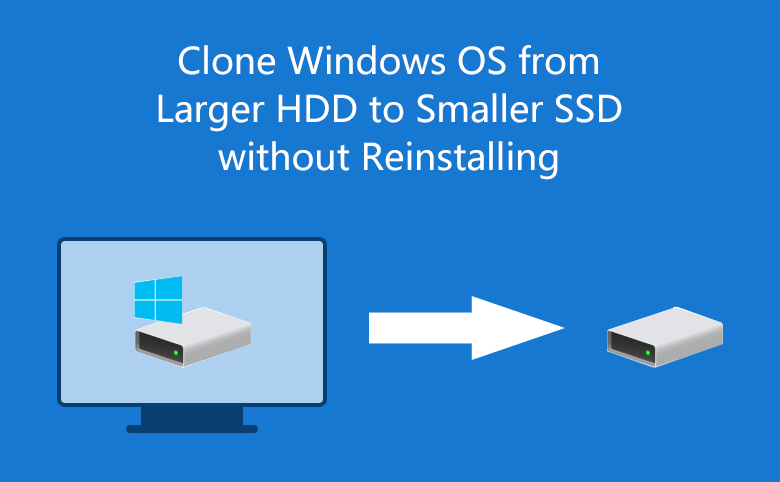

From your repository page on GitHub, click the green button labeled Clone or download, and in the “Clone with HTTPs” section, copy the URL for your repository. Next, clone your newly created repository from GitHub to your local computer. git status, git clone, etc)Ĭlone your repository to your local machine Git specific commands will always started with a call to git (e.g. Git commands: These are commands that are specific to git and will only be available if you have git installed on your computer. They allow you to navigate around your computer, explore directory structures, create and manipulate files and directories, and more. There are 2 types of commands that you will useīash commands: These are commands that are native to bash / shell.

This will take you to a page where you can enter a repository name (this tutorial uses test-repo as the repository name), description, and choose to initialize with a README (a good idea!). In the upper right corner, click the + sign icon, then choose New repository.To begin, sign in to your user account on GitHub.git installed and configured on your computer.Modify files in your repository and track changes using commits with git.Clone your repository to your local computer.At the end of this activity, you will be able to:


 0 kommentar(er)
0 kommentar(er)
